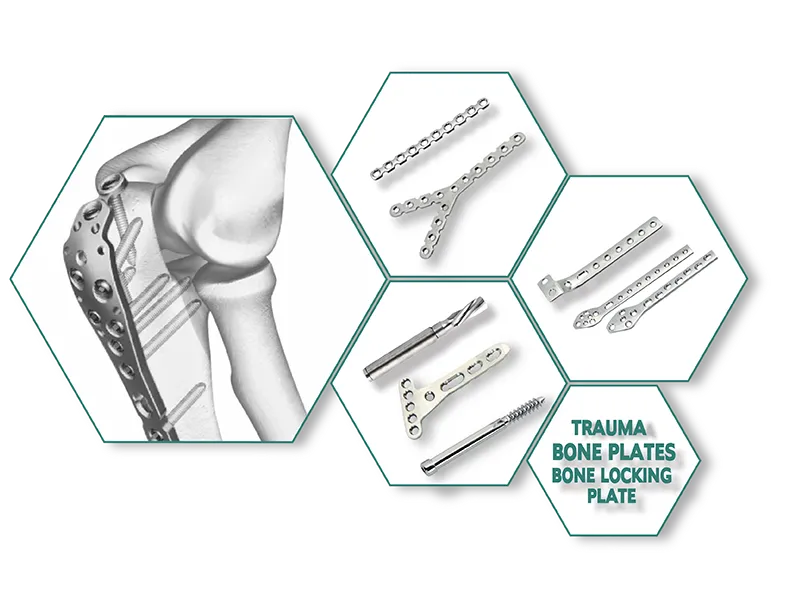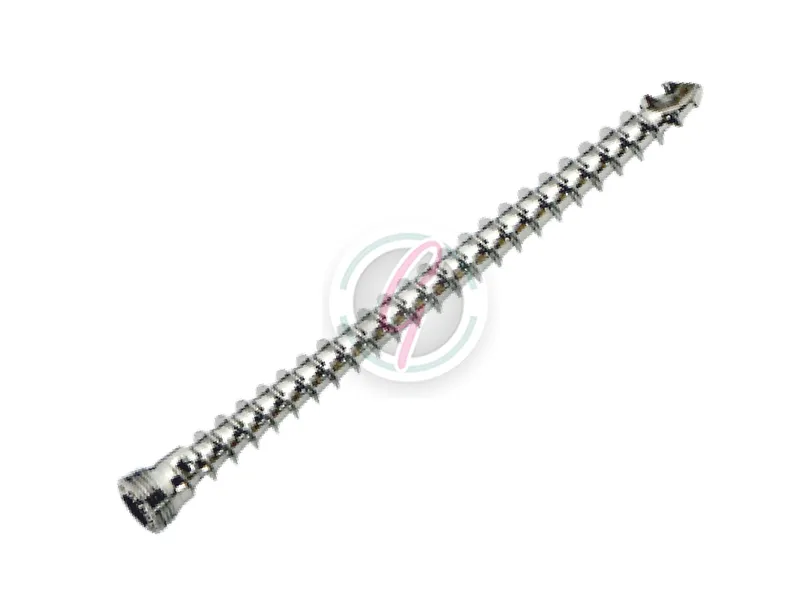Double Pin Distractor Exporter

Double Pin Distractor Manufacturer
Categories: External Fixator, Pins & Screws for External Fixator
Double pin distractor is a medical device used to distract and maintain the desired distance between two bones during orthopedic surgery. It consists of two pins with pointed ends that are inserted into the bone on either side of the surgical site and a frame that can be adjusted to apply the necessary force to distract the bones.
Description
| S.1303.100 | Length 100 mm |
| S.1303.150 | Length 150 mm |
| Length 200 mm | |
| Length 250 mm | |
| Length 300 mm |

Inquiry Now
ABOUT US
Genius Ortho Private Limited
Genius Ortho Private Limited was found in 2008 by a group of entrepreneurs after having a decade of experience in the field of orthopaedic implants manufacturing. Genius Ortho Private Limited now is the leading company in India specialize in the Orthopaedics Industry. Genius Ortho Private Limited will always achieve this position by professional pursuing excellence and by dedicating ourselves in improving the quality and serving all our customers.
All implants are exclusively made of Stainless Steel 316L, LVM & Titanium Grade V Ti-6Al-4v-ELI.
Our products of Orthopaedic implants and instruments are not only qualified with the certification of FDA, CE, GMP regulations, but also compliant with ISO Quality Assurance Standards.












